There's something truly magical about a rose garden in full bloom. The lush clusters of floribunda roses creating vibrant carpets of color, and the dramatic, oversized blooms of hybrid teas standing proudly as focal points - this is the dream for many gardeners. While these beautiful plants might seem intimidating at first, successful rose cultivation is absolutely achievable with some fundamental knowledge.
Let's start with perhaps the most crucial decision: choosing the right location. Roses are sun worshippers. They need a minimum of six hours of direct sunlight each day to thrive and produce an abundance of flowers. Morning sun is particularly beneficial as it dries the dew from the leaves, helping to prevent fungal diseases. Good air circulation is another key factor. Avoid planting them in a tight, enclosed space where stagnant, humid air can encourage mildew and black spot.
The soil you plant in sets the stage for everything that follows. Roses prefer rich, well-draining soil. If you have heavy clay, it's worth amending it with plenty of organic matter like compost or well-rotted manure. This improves drainage and provides essential nutrients. For sandy soil that drains too quickly, organic matter helps retain moisture and fertility. A soil pH that is slightly acidic to neutral (around 6.0 to 7.0) is ideal for optimal nutrient uptake.

When you're ready to plant, dig a hole that is both wide and deep enough to accommodate the roots without crowding. For bare-root roses, soak the roots in water for a few hours before planting. Create a small mound of soil in the planting hole and spread the roots over it. The graft union (that knobby bump where the canes meet the rootstock) should be situated just above the soil level in most climates. In colder regions, you can plant it an inch or two below the surface for winter protection. Backfill the hole with soil, water thoroughly to settle the roots, and apply a layer of mulch around the base.
Watering is a practice where consistency matters more than frequency. The goal is to keep the soil consistently moist but never waterlogged. A deep, thorough watering once or twice a week is far better than frequent, light sprinklings. Deep watering encourages the roots to grow downward, creating a stronger, more drought-resistant plant. Always aim to water at the base of the plant, keeping the foliage as dry as possible to minimize disease issues. Drip irrigation or a soaker hose is an excellent investment for a rose garden.
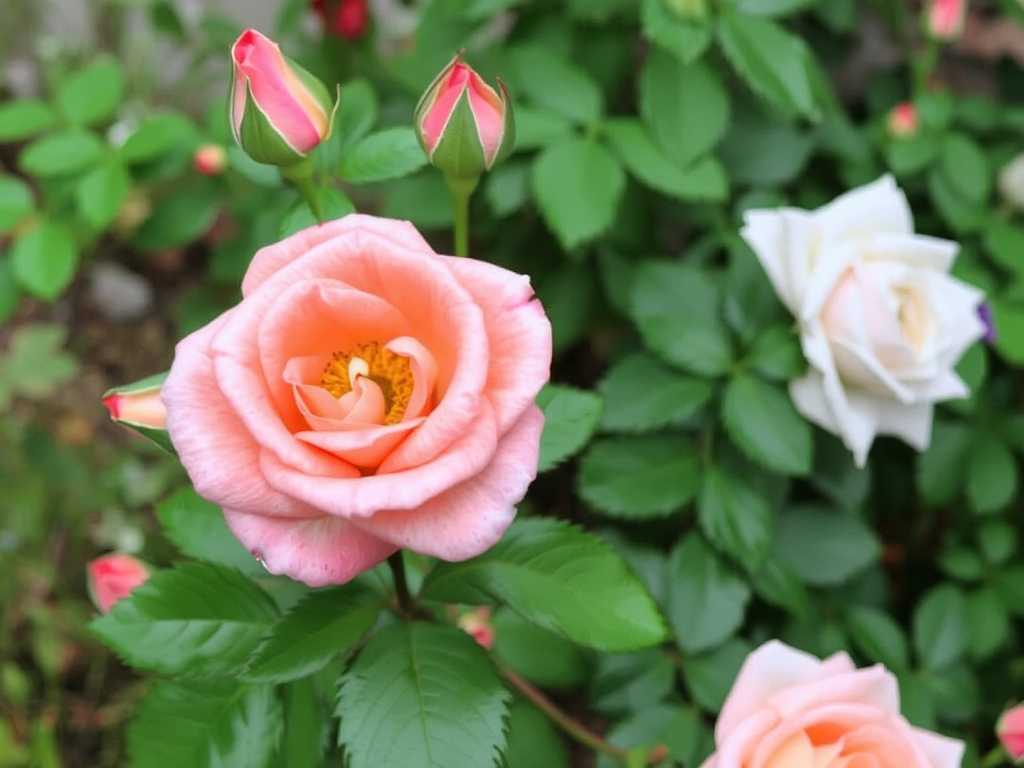
Feeding your roses is essential for those spectacular blooms. These plants are heavy feeders. Begin fertilizing in early spring as new growth appears. A balanced, slow-release fertilizer formulated for roses is a great choice. You can also use organic options like alfalfa meal or fish emulsion. Repeat the feeding after each major flush of blooms to encourage the next one, typically stopping about 6-8 weeks before your first expected frost date to allow the plant to harden off for winter.
Pruning is an art that brings both health and form to your roses. The best time for major pruning is in late winter or early spring, just as the buds begin to swell. Start by removing the three D's: any dead, damaged, or diseased wood. Then, open up the center of the plant by cutting out any crossing canes and thin, weak growth. This improves air circulation. For floribunda roses, aim to create a rounded, bushy shape. For hybrid teas, the goal is often to encourage strong, upright canes that will support those large flowers. Make your cuts at a 45-degree angle, about 1/4 inch above an outward-facing bud. Don't forget deadheading throughout the season! Removing spent blooms redirects the plant's energy into producing new flowers instead of seeds.
Even with the best care, pests and diseases can sometimes appear. Vigilance is your best tool. Common issues include black spot, powdery mildew, and aphids. For fungal diseases, prevention is key. Choose disease-resistant varieties whenever possible, water at the base, and ensure good air circulation. If you see infected leaves, remove and dispose of them immediately. For pests like aphids, a strong spray of water from the hose is often enough to dislodge them. Insecticidal soap is another effective, low-toxicity option.
As winter approaches, your roses need a little preparation to ensure they return strong in the spring. After the first hard frost, stop deadheading to allow the plant to slow its growth. Mound up soil, compost, or mulch around the base of the plant to protect the graft union from freezing temperatures. In very cold climates, you may also need to use special rose cones or burlap wraps for extra protection.
One of the most rewarding aspects of growing roses is cutting them for indoor arrangements. The best time to cut is in the early morning or late evening when the plants are most hydrated. Use sharp, clean shears and cut the stem at a 45-degree angle. Choose roses that are just beginning to open, with the petals starting to unfurl. Immediately place them in a bucket of warm water and let them sit in a cool, dark place for a few hours before arranging. This conditioning process helps them last much longer in the vase.
Whether you're nurturing the prolific floribunda or the classic hybrid tea, the journey of rose gardening is filled with beauty and satisfaction. By providing them with sunshine, good food, consistent moisture, and a little seasonal care, you'll be rewarded with a stunning display that makes all the effort worthwhile. Don't be afraid to get started; every master gardener was once a beginner with their first rose bush.
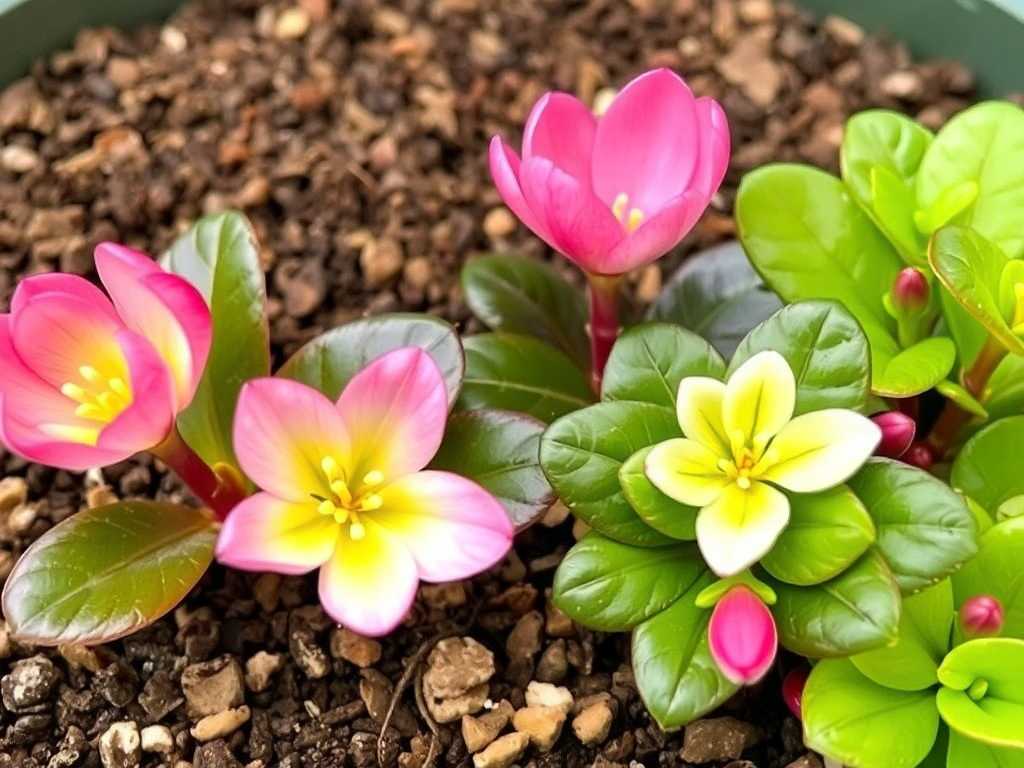
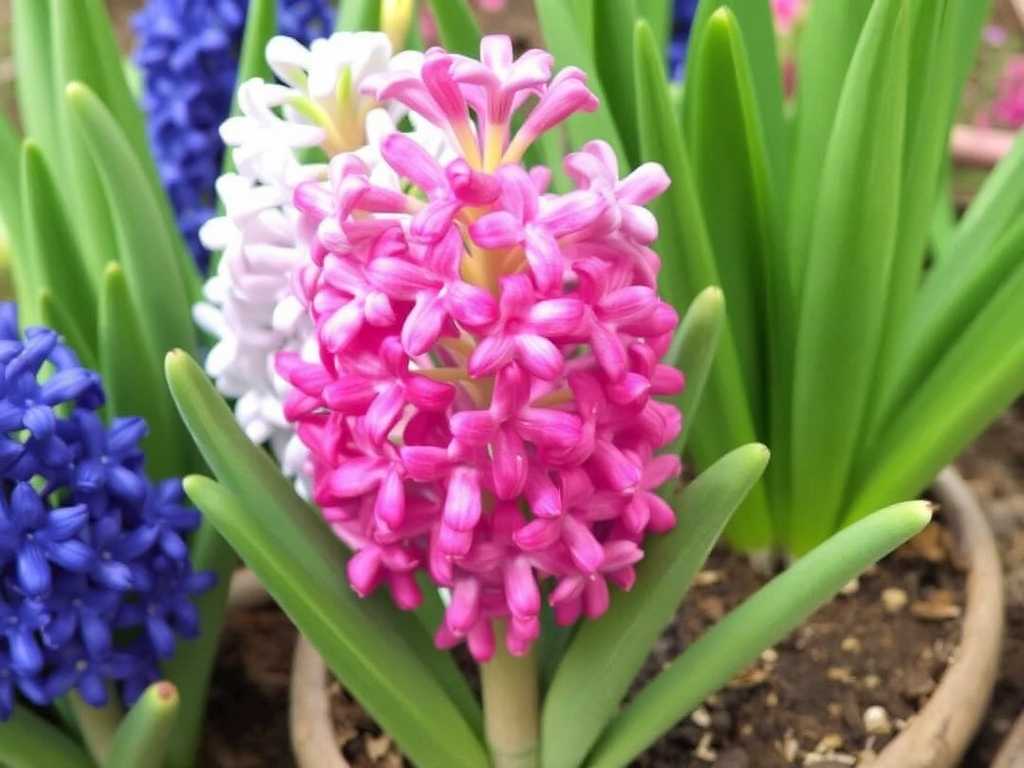
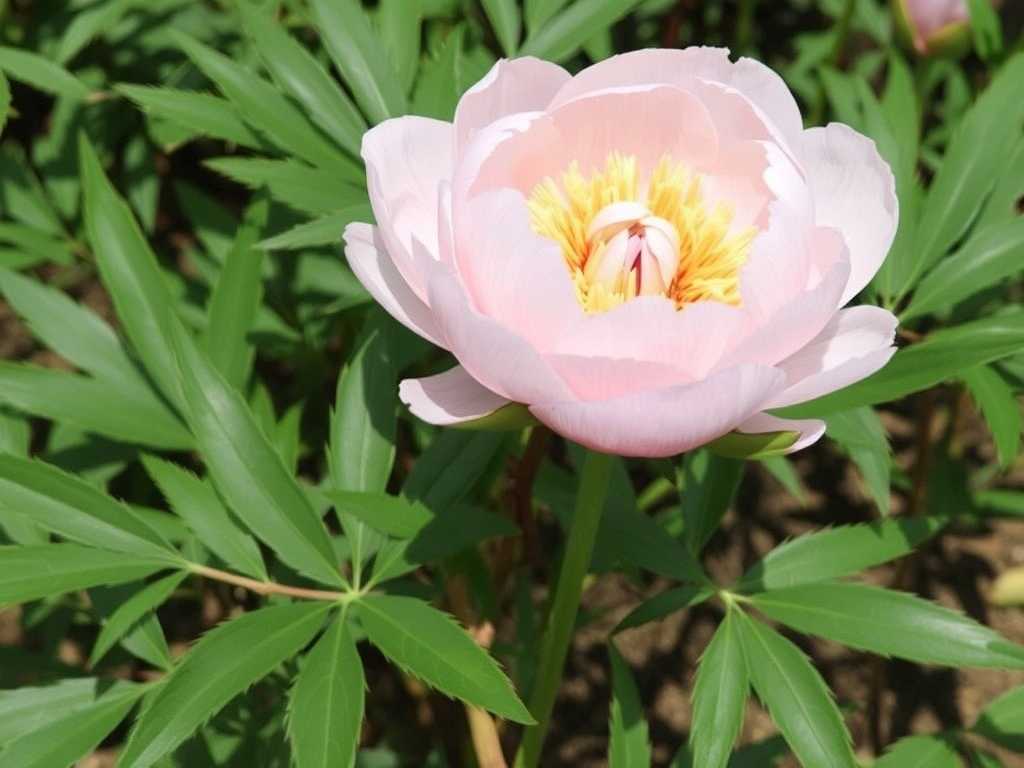

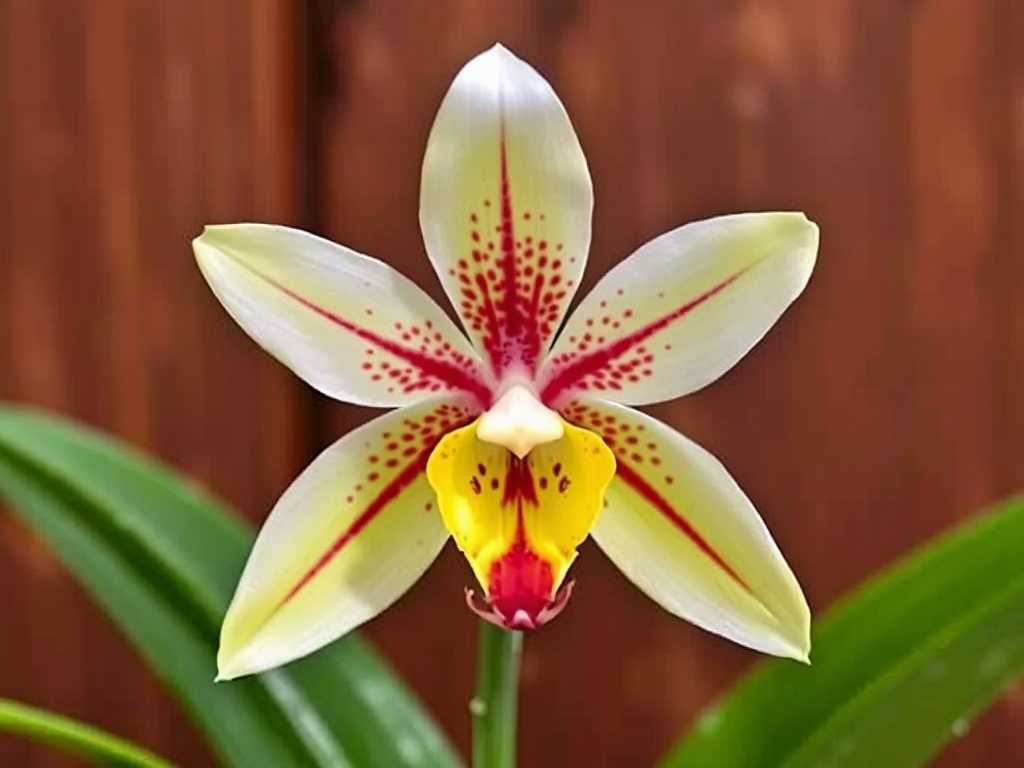
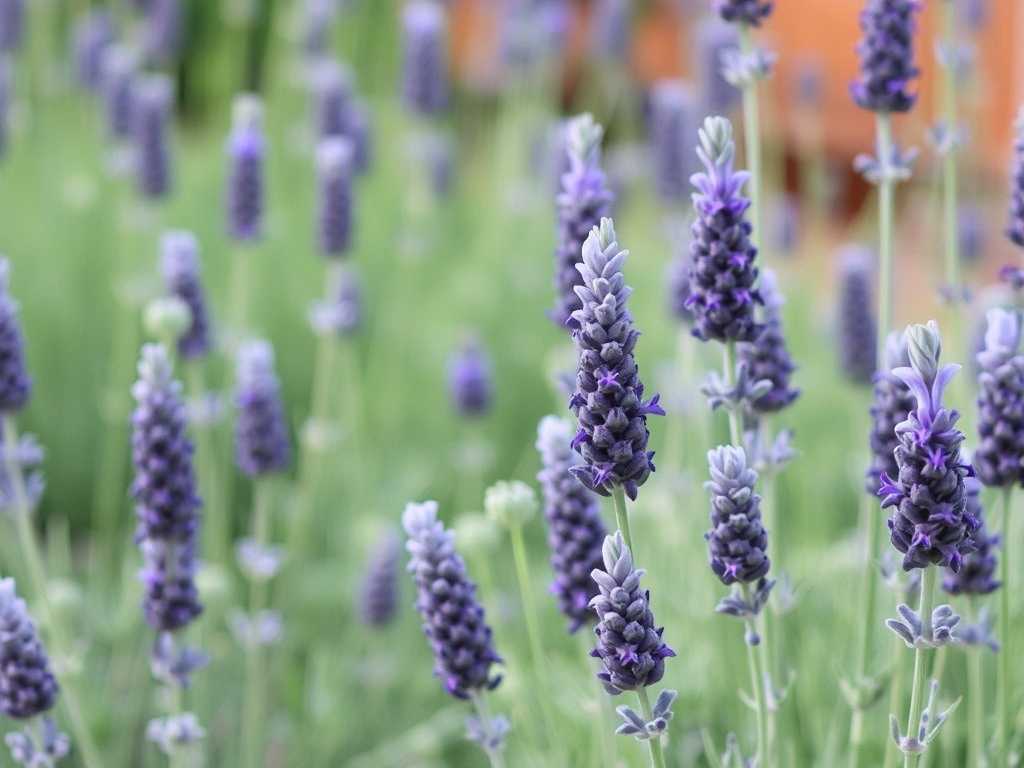
发表评论